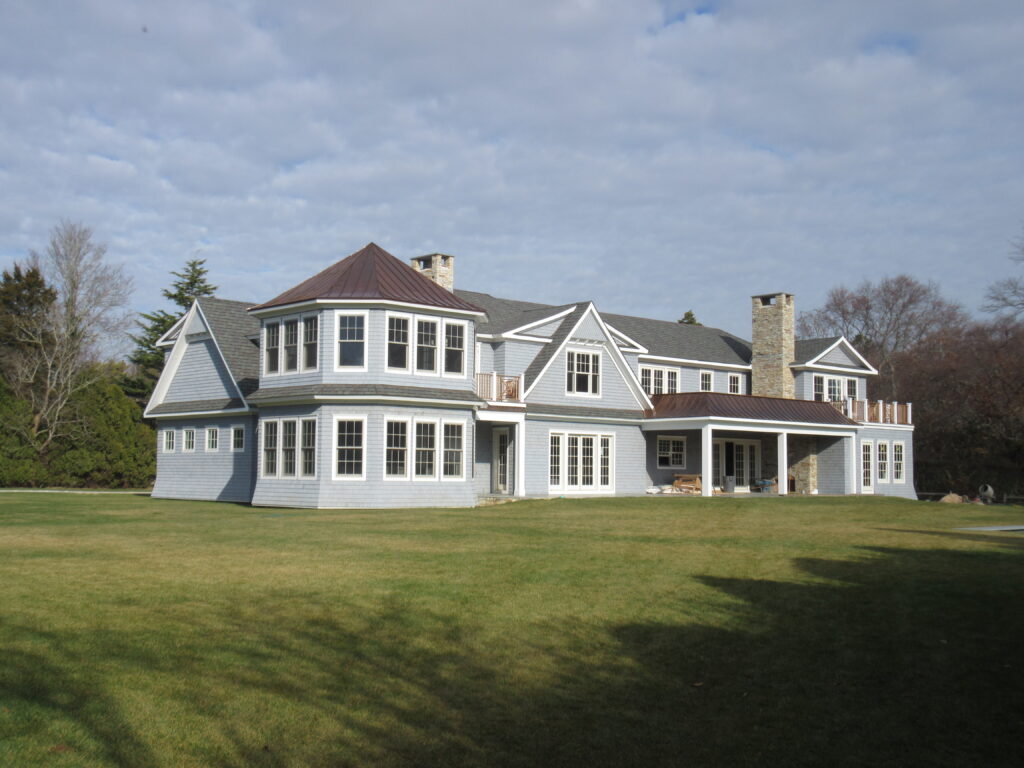
In an age of climate change and environmental degradation, sustainable architecture has become more important than ever. Designing a sustainable home involves more than using eco-friendly materials—it’s about creating spaces that reduce environmental impact while enhancing quality of life.
Understanding Sustainable Architecture
Sustainable architecture aims to minimize the negative environmental effects of buildings through efficient use of materials, energy, and space. The goal is to reduce carbon emissions, conserve resources, and create healthier living environments.
Principles of Eco-Friendly Design
1. Site Selection and Orientation
Choosing the right location is the first step. A well-oriented home takes advantage of natural sunlight and wind patterns, reducing the need for artificial lighting and climate control.
2. Passive Solar Design
Passive solar design maximizes natural heating and cooling. Large south-facing windows, thermal mass materials like concrete or stone, and proper insulation help maintain comfortable temperatures without excessive energy use.
3. Energy Efficiency
Energy-efficient appliances, LED lighting, and smart thermostats can significantly reduce a home’s energy consumption. Incorporating renewable energy sources like solar panels further enhances sustainability.
4. Water Conservation
Low-flow faucets, rainwater harvesting systems, and drought-resistant landscaping can help conserve water. Greywater recycling systems can also be used for irrigation or toilet flushing.
5. Sustainable Materials
Use of recycled, reclaimed, or rapidly renewable materials like bamboo, cork, and reclaimed wood reduces environmental impact. Local sourcing also cuts down on transportation emissions.
6. Indoor Environmental Quality
Good ventilation, natural light, and non-toxic materials contribute to a healthier indoor environment. Paints with low volatile organic compounds (VOCs) and air-purifying plants are excellent choices.
7. Waste Reduction
Construction and demolition waste is a significant environmental issue. Designing for modular construction or using prefabricated components can help reduce waste

Smart Home Technology
Smart home systems can automate lighting, heating, and security, making homes more energy-efficient and convenient. These systems also provide data that helps homeowners monitor and improve energy usage.
Cost Considerations
While sustainable homes may have higher upfront costs, they often result in lower utility bills and maintenance costs over time. Incentives and tax breaks for green buildings can also offset initial investments.
Case Studies
- A net-zero home in California that uses solar panels and battery storage to produce as much energy as it consumes.
- A sustainable cabin in Norway built entirely from recycled materials.
- A passive house in Germany that maintains indoor temperature without active heating or cooling systems.
The Future of Sustainable Living
As awareness of environmental issues grows, sustainable homes are becoming the new standard. Innovations in materials, design, and construction methods continue to make eco-friendly living more accessible and affordable.
Conclusion
Designing a sustainable home is a meaningful way to contribute to a healthier planet and a better future. By following the principles of eco-friendly architecture, homeowners can enjoy comfortable, efficient, and environmentally responsible living spaces. Whether you’re building from scratch or renovating an existing structure, sustainable design is the key to creating homes that stand the test of time.
